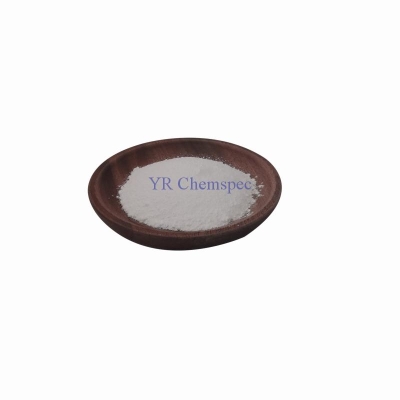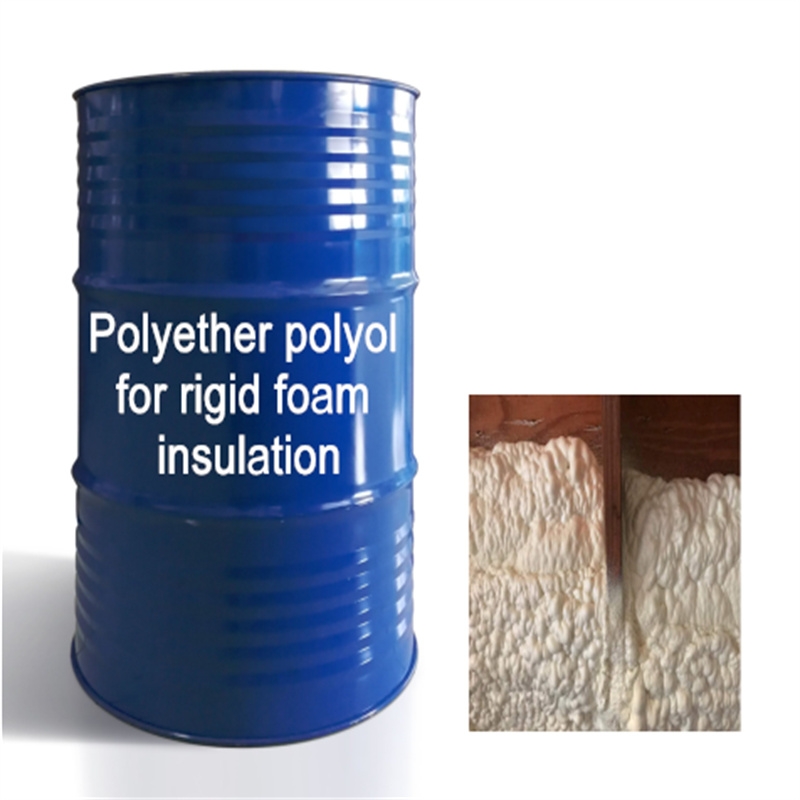-
Categories
-
Pharmaceutical Intermediates
-
Active Pharmaceutical Ingredients
-
Food Additives
- Industrial Coatings
- Agrochemicals
- Dyes and Pigments
- Surfactant
- Flavors and Fragrances
- Chemical Reagents
- Catalyst and Auxiliary
- Natural Products
- Inorganic Chemistry
-
Organic Chemistry
-
Biochemical Engineering
- Analytical Chemistry
- Cosmetic Ingredient
-
Pharmaceutical Intermediates
Promotion
ECHEMI Mall
Wholesale
Weekly Price
Exhibition
News
-
Trade Service
Amphoteric polymer flocculant CGAAC
[Preparation]
① Carboxymethylation reaction Weigh a quantitative amount of F691 powder, add a certain volume of solvent to disperse it evenly, then add quantitative lye to alkalize for 30 minutes, then add quantitative chloroacetic acid , and etherify at 50°C to obtain carboxymethylation Product
.
② Grafting copolymerization: Add carboxymethylated product and deionized water into a four-necked flask, pass nitrogen and heat to a predetermined temperature, add initiator and acrylamide monomer under stirring, and cool after reacting for a certain period of time to obtain the product CGAA
.
③Mannich reaction dissolves a certain concentration of graft copolymer in deionized water, then adds calculated amount of formaldehyde and dimethylamine , reacts at 30~70℃, and after cooling, the product is neutralized to pH=6~7 to obtain amphoteric Macromolecular flocculant CGAAC
.
[Application] (1) Application in natural source water treatment
Take the natural source water of a river in the south, which contains 1.
75mg/L of humic acid and 0.
2% of kaolin
.
Take the upper suspension, the raw water turbidity measured is 230NTU, pH=6.
Table 3-88 CGAC and CG-A combined with PAC to remove natural source water turbidity experimental results
It can be seen from the test data in Table 3-88 that because the source water contains a small amount of humic acid, a small amount of CGAC with a suitable amount of PAC can achieve a turbidity removal rate of 99.
6%, and the turbidity removal effect is better than pure turbidity water without humic acid.
(2) Study on the flocculation and dewatering performance of sludge
Wang Jie et al.
used CGAAC, a modified product of amphoteric F691 powder, to treat activated sludge, and compared the flocculation performance with cationic polyacrylamide (PAM-C).
The results are shown in Figure 3-33
.
It can be seen from Figure 3-33 that the ability of CGAAC to convert the attached water on the sludge surface into free water is significantly greater than that of PAM-C, so the sedimentation speed of the sludge is faster, especially after the sedimentation for 30 minutes, the effect is more obvious







